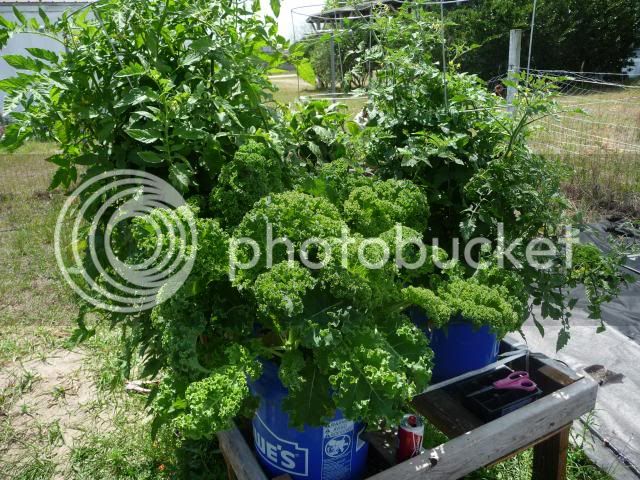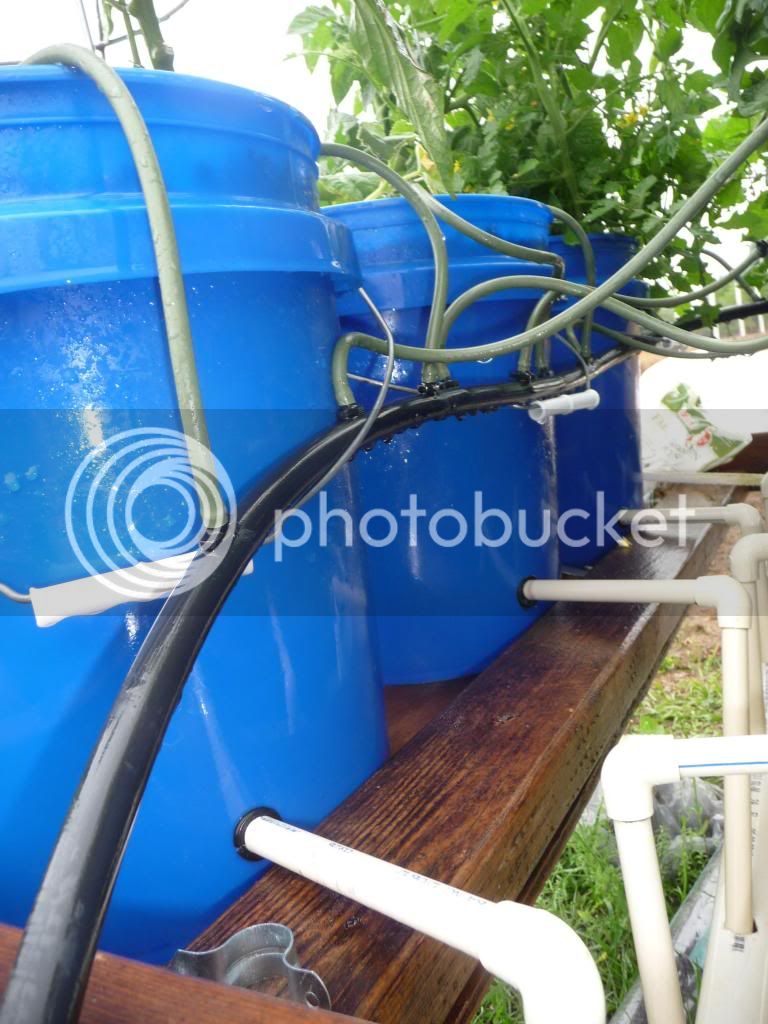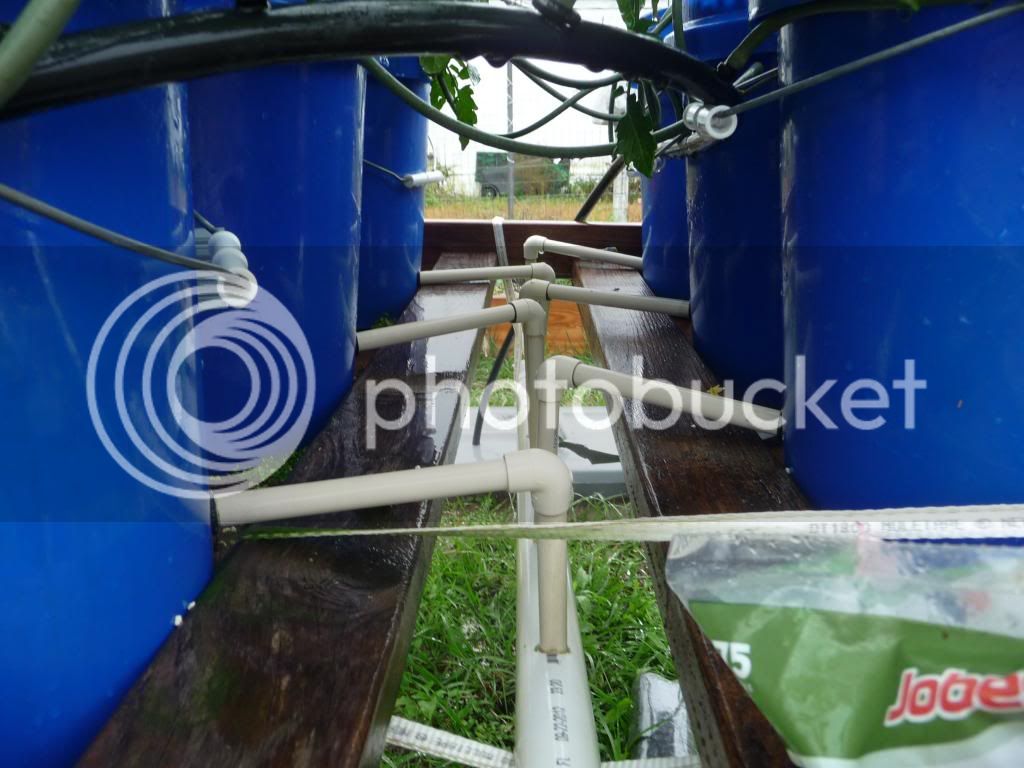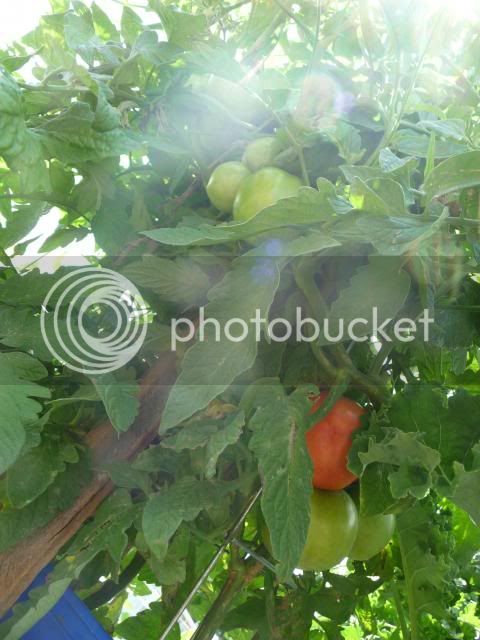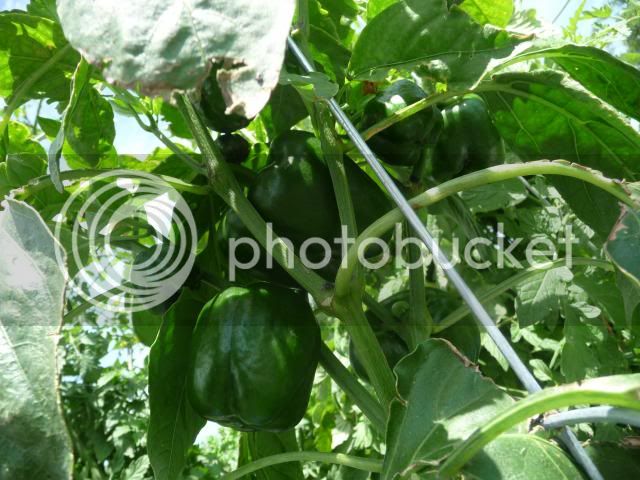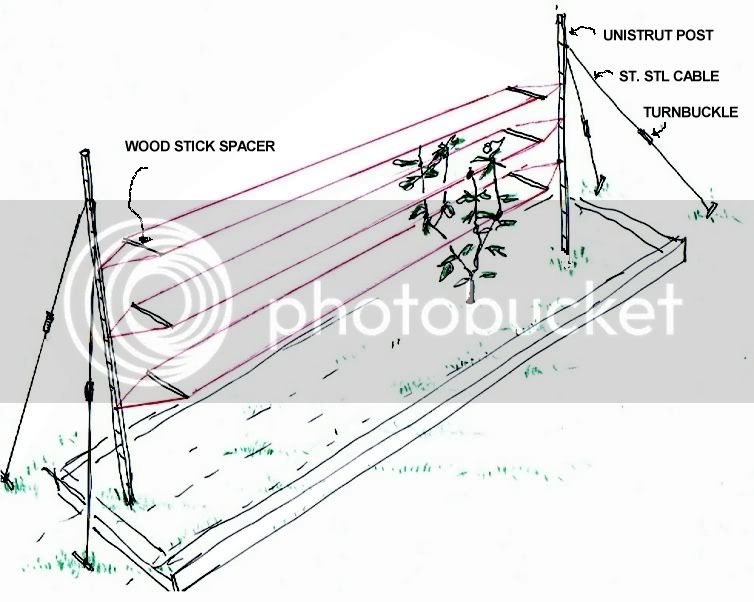fool4fish1226
Well-known member
SumDumGuy said:A few pics (hope they show up correctly, I'm at work) of some of my hydro stuff...
earlier...
https://goo.gl/photos/c95M6FX4xw5d9DbF8
https://goo.gl/photos/XtcihKiUHXEZQVzP6
https://goo.gl/photos/SSx3bysEM9QsfiiBA
Indoor "Kratky":
https://goo.gl/photos/td6G2fQ2ieuiavoMA
https://goo.gl/photos/SAe6djfXpSfsMpd57
https://goo.gl/photos/oNMqrqPE6ATX21m58
https://goo.gl/photos/iji6TouyTba4xkM9A
NFT lettuce:
https://goo.gl/photos/W4CCwcHdenn3bxgx7
Current indoor:
https://goo.gl/photos/KSAc6X3LsQ2S9xfz7
https://goo.gl/photos/ekNJJS5abt8K3FY98
https://goo.gl/photos/HauDoFdd5D31poLr9
AWESOME thanks for sharing :beer:










